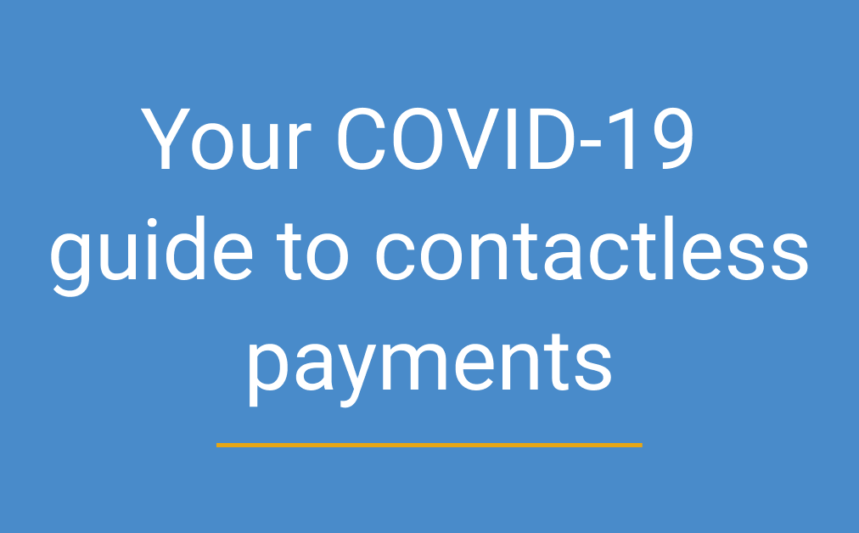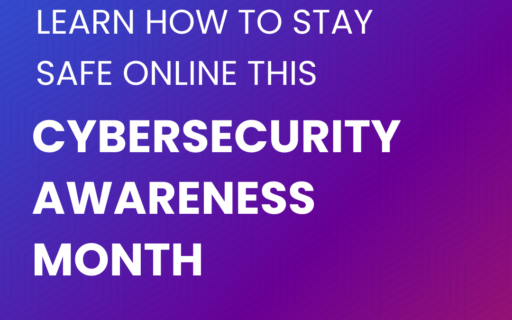As the world adjusts to social distancing and isolation measures to mitigate the spread of COVID-19, contactless payments have been on the rise – and for many, it seems this payment method will stay long after the pandemic ends. However, there are many important questions to deal with when it comes to contactless payments. Is this really a useful safety measure for COVID-19? How secure are contactless payments, really? And how can we all protect ourselves while making everyday purchases online?
Your experts at LBCU have put together a simple guide to contactless payments so you can keep yourself safe as you use this payment during the ongoing coronavirus pandemic and beyond.
What are contactless payments?
A contactless payment is a transaction that requires zero physical contact between a payment device and a point-of-sale (POS) terminal. No swiping, no inserting a chip, no handing over a credit card or cash, no signature required, no contact at all. Payments can either be completely digital, or transmitted wirelessly when the payment device is held in close proximity to the POS terminal. Common examples of contactless payments include Apply Pay, Android Pay, and Google Wallet.
Why are contactless payments useful during COVID-19?
Numerous studies over the years have suggested that paper bills can carry bacteria and viruses. Banks and the World Health Organization (WHO) have always recommended that people wash their hands after handling money. When COVID-19 began to spread, several banks implemented measures such as disinfecting or even quarantining bills before recirculating them into the economy.
Naturally, the WHO and others have recommended contactless payments as a way to help mitigate the spread of coronavirus. In our new reality of social distancing as much as possible and stressing the importance of sanitary precautions more than ever, contactless payments can’t hurt and almost certainly can help prevent community spread. Contactless payments help reduce the need to touch payment terminals, the time spent waiting in line, and social interaction required while shopping.
Are contactless payments secure?
With no PIN or signature required, contactless payments may seem like easy targets. However, the technology behind contactless payments – along with a few simple measures you can take – should keep you safe while making contactless payments in person and online.
Examples of technological safety measures
- Verification methods: most mobile wallets will require some sort of cardholder verification before permitting a purchase, such as entering a code or providing a fingerprint.
- Tokenization: this data protection measure “hides” your actual account information with a token that replaces your account details during the transaction. That means the vendor you’re purchasing from will not see your payment information, and if a data breach occurs, your details should remain safe.
- Industry standard encryption: using encryption technology and a unique secret key for each contactless device, every transaction has its own exclusive identifier. No two devices or transactions share the same key, and the key is never transmitted.
Examples of safety measures you (the buyer) can take
- Keep your payment device (card, phone, etc.) secure – not in any easily accessible pockets or bags that might draw pickpockets’ attention.
- Use tin foil or RFID blockers to block scamming devices from reading your card.
- Don’t let anyone take your payment device out of sight while you’re making a payment, and make sure you’re present for every transaction.
- Request a receipt to make sure you were charged the correct amount.
- Review your bank statements regularly to look for any unusual activity.
As contactless payments become more common, fraud and theft will also become a greater concern. But these technological safety measures, along with your own vigilance, can help you protect yourself while making purchases online or in-person with this payment method.
LBCU Contact-Free Banking
Besides the increase in usage of contact-free payments, many LBCU members are also taking advantage of our contact-free banking options. Although our teller lines are closed for the safety of our members and employees, our Braintree, Hingham, and Woburn ITMs are open on a reduced schedule. We are also holding drive-up hours at our Hingham and Scituate locations. Our Online & Mobile Banking options are also designed to perform most of the transactions you need remotely, securely, and easily.
If you need cash, don’t forget: Liberty Bay belongs to a network of over 100,000 surcharge-free ATMs. Find your nearest ATM and make a withdrawal with your LBCU Debit Card. If you’re in need of a debit card, please call Member Services at (617) 439-6500.
We are prepared to navigate through any challenges with our community. As this is a rapidly evolving situation, we will continue to monitor and communicate information as needed. You are our members, part of our family, and together we will get through this situation.


